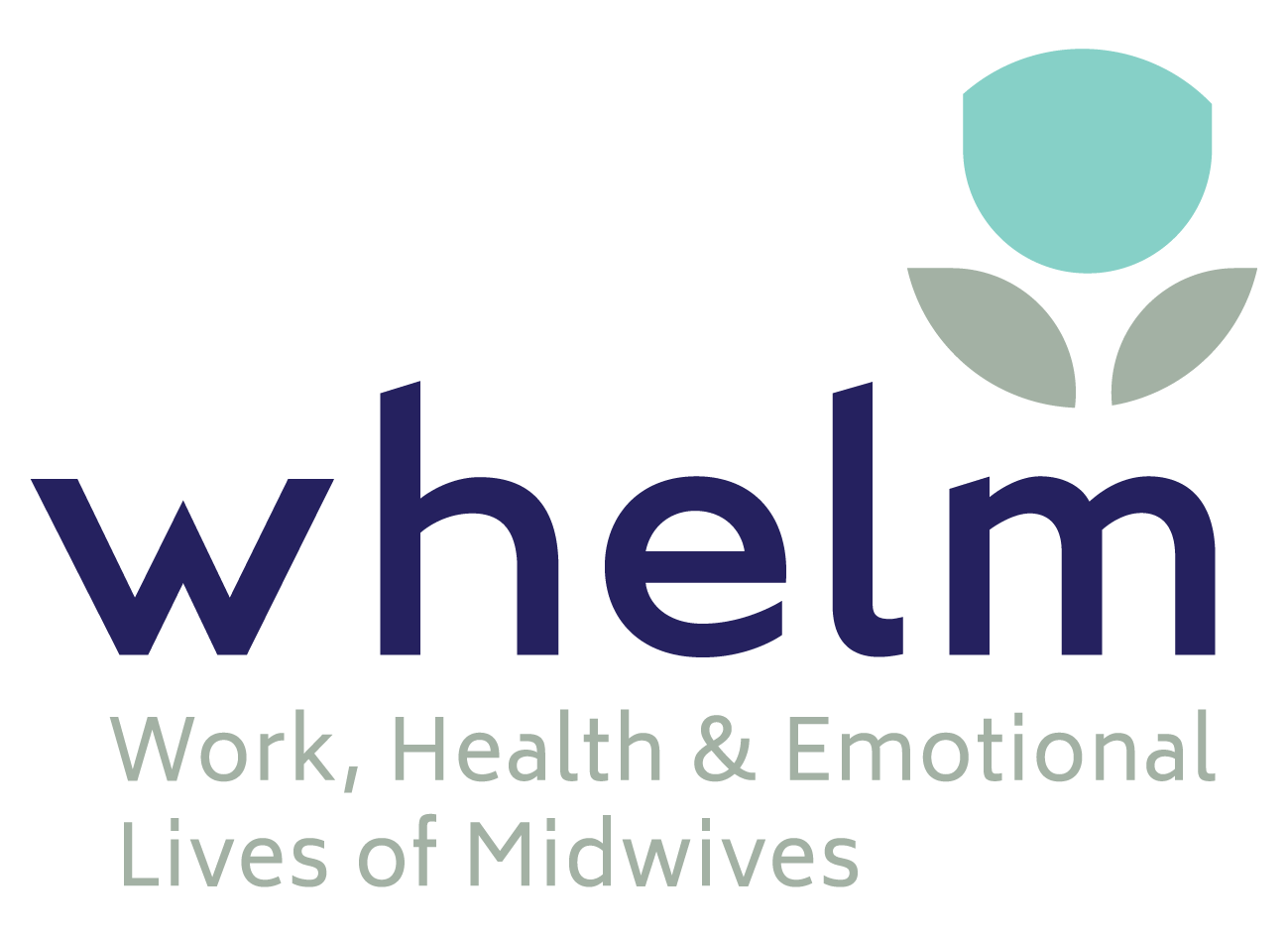There has been an expansion in research focussed on how best to prepare midwifery students for practice over recent years. In Australia and many other high-income countries, a key component of pre-registration education is the completion of continuity of care experiences. During these continuity experiences, midwifery students participate in the care of an individual woman across multiple antenatal visits, during her labour, and through the postpartum period. This requires students to recruit women and remain on-call for them over an extended period, which is challenging for many. It is therefore important to ensure that continuity of care experiences provide valuable learning experiences for students.
Moncrieff et al. (2021) recently reviewed the published literature, asking what the evidence says about how to optimise students’ learning during continuity experiences. The research team identified twelve studies which helped to address this question, all but one of which was undertaken in Australia. The value of continuity experiences as an educational tool was clear. Three main themes were described:
1. Relationships.
Relationships with women, midwifery mentors, and other clinicians were central to students learning. Ensuring that attending appointments with women was a priority and structuring the curriculum around this in ways that supported sustainable study practices for students facilitated the development of relationships with women. Having continuity of placement site and mentor also enhanced relationship-based learning.
2. Conflict or coherence.
Providing continuity within a fragmented model of care was challenging, with better quality learning occurring when students were placed in continuity of care models.
3. Setting the standards.
Unclear communication with students regarding the purpose, numbers, management, and documentation of continuity experiences generated confusion for students. When clear guidance, flexible program delivery, and appropriate assessment were provided, students were enabled to develop confidence and competence.
In completing this literature review, the authors highlighted the absence of a solid evidence base to underpin the intent and design of continuity experiences for midwifery students. Since their review was completed, further evidence to support the benefits of placing students in continuity models has been published (Baird et al., 2021). There remain many opportunities to pursue further research that seeks to ensure that midwifery students graduate with the confidence and competence required to take up a productive role in a midwifery continuity of care program.
References
Baird, K., Hastie, C. R., Stanton, P., & Gamble, J. (2021). Learning to be a midwife: Midwifery students’ experiences of an extended placement within a midwifery group practice. Women and Birth, in press. https://doi.org/10.1016/j.wombi.2021.01.002
Moncrieff, G., MacVicar, S., Norris, G., & Hollins Martin, C. J. (2021, Feb). Optimising the continuity experiences of student midwives: an integrative review. Women Birth, 34(1), 77-86. https://doi.org/10.1016/j.wombi.2020.01.007








